How period TV dramas are embracing the realities of LGBTQ history
Shows like The Gilded Age, Outlander and Gentleman Jack remind viewers that queer history doesn't begin in the mid-20th century.
By Will Stroude
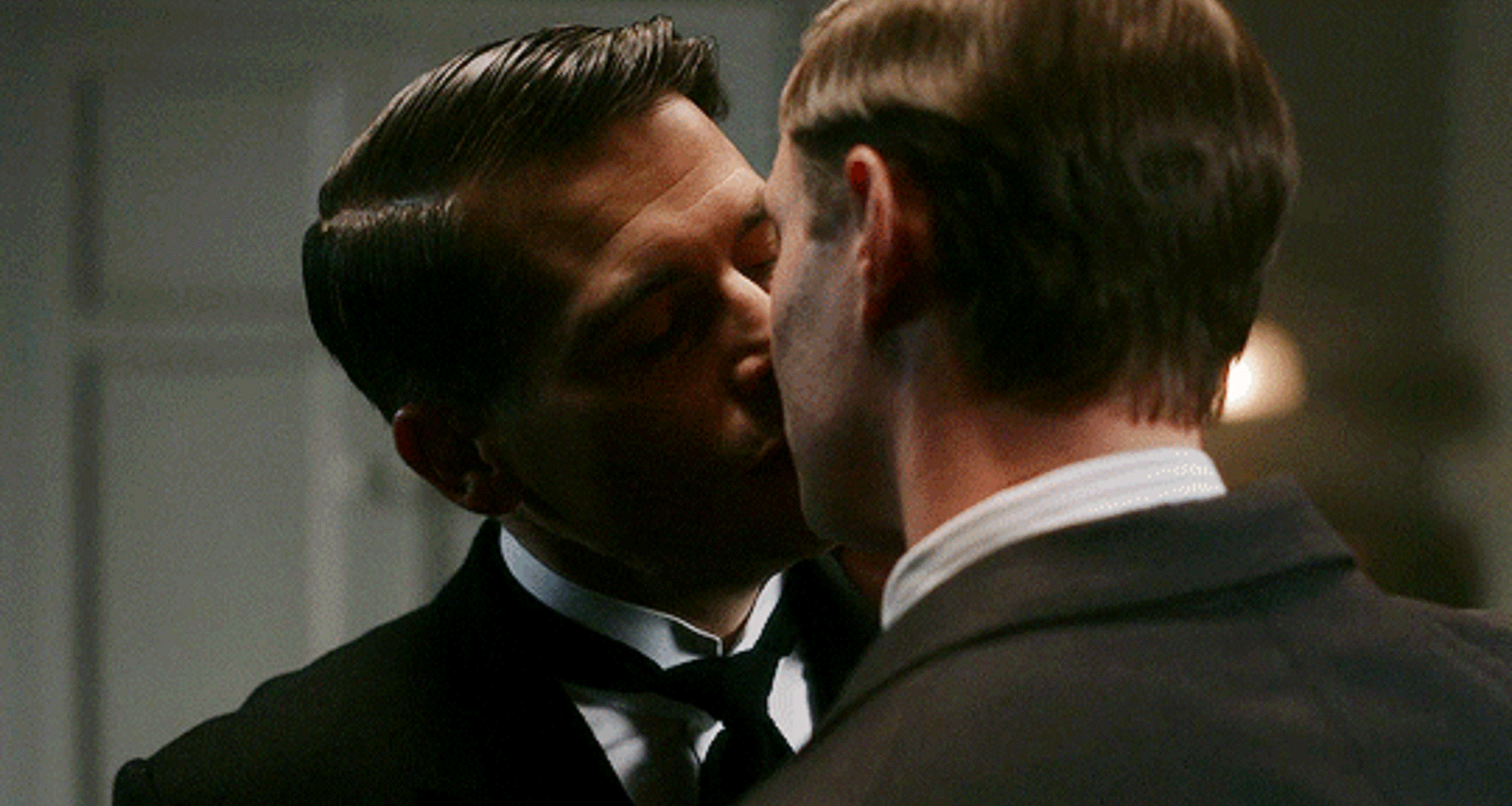
Words: Marine Perot; Image: Downton Abbey, ITV
Julian Fellowes’ new period drama The Gilded Age is the latest TV show to sprinkle a queer storyline into historical fiction. It isn’t the first time the acclaimed writer explores the lives of gay men within a certain time period, as he already did so on Downton Abbey. Back in 2010 when the series came out, not only did it breathe new life into historical fiction, but it also opened the door for this genre to tell more LGBTQ+ stories.
Queer history, much like the history of other underrepresented communities, does not get to shine on TV very often. When it does, the parts of it depicted to viewers are often the ones that relate to the past 40 years or so. From It’s a Sin to Pose, TV loves stories dwelling in the times when things started to truly change for the LGBTQ+ community, but doesn’t focus much on what happened before that.
The 18th and 19th centuries, however, are quite popular in historical fiction, and stories set during that time tend to dabble into LGBTQ+ plots. From Dickinson to Outlander and The Gilded Age, viewers get a glimpse of what the lives of queer people during those times were like, which leads us to ponder whether they get queer history right.
Sebastian Buckle, homosexuality historian and author of The Way Out and Homosexuality on the Small Screen tells us that when we watch period shows, it’s important to refrain from transplanting our own experiences onto the past.
“We all do that when watching period television, even if we understand on a basic level that the world was very different then than it is now,” he says. “L. P. Hartley’s statement that ‘the past is a foreign country’ shouldn’t be underestimated.
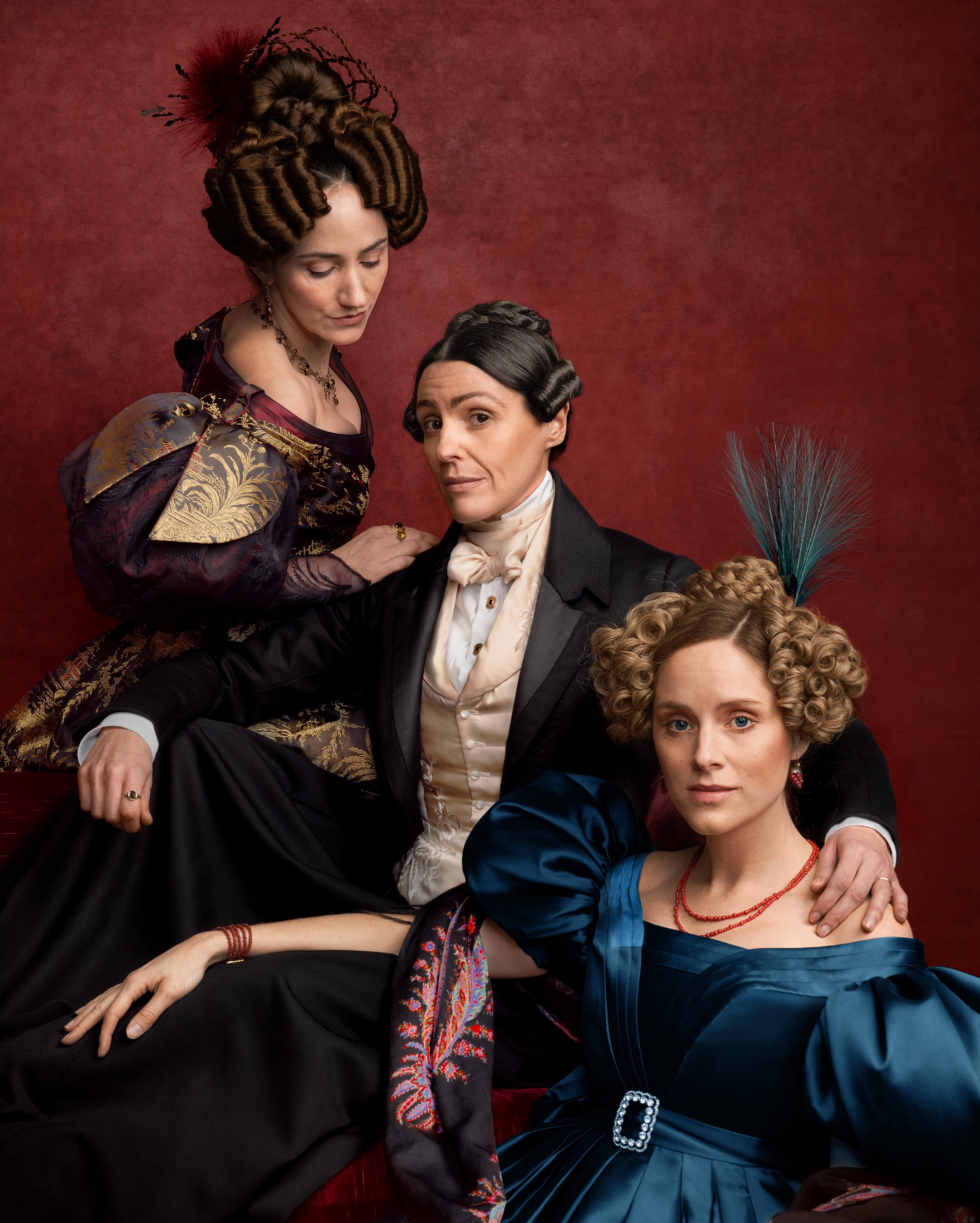
Gentleman Jack stars Suranne Jones as real-life 19th century English diarist Anne Lister
“I wrote The Way Out to try to unpack our modern understanding of what being ‘gay’ meant, which is now understood as a historically-specific term from the second half of the 20th century onwards. So while viewers may recognise that things were different, I think it’s very hard to convey exactly how different, unless the programme really goes into the details of queer life.”
Historical fiction often has viewers question whether what they are seeing in period dramas is historically accurate or not. Liberties are often taken for the sake of storytelling, but what these shows can do is to remind us that the labels we use and how we understand the world now didn’t always exist the way they do today.
“People defined themselves and the world differently in the past – often based on class, gender and religion,” says Buckle.
Gentleman Jack, through its dramatisation of the life of 19th-century LGBTQ+ trailblazer Anne Lister (Suranne Jones), is one of the few period drama to put a queer character on the forefront. The show, which returns for its second series on the BBC this April, underlines that for women, being attracted to the same sex was even more complicated to navigate than it was for men.
“For homosexual women in the past, gender, sexuality, and ethnicity combined to make life that much harder,” explains Buckle. “This meant that even while they were not discriminated against by the law, their opportunities for self-expression and same-sex relationships were inevitably limited. They didn’t have the freedom to seek out relationships in the same way men could.”
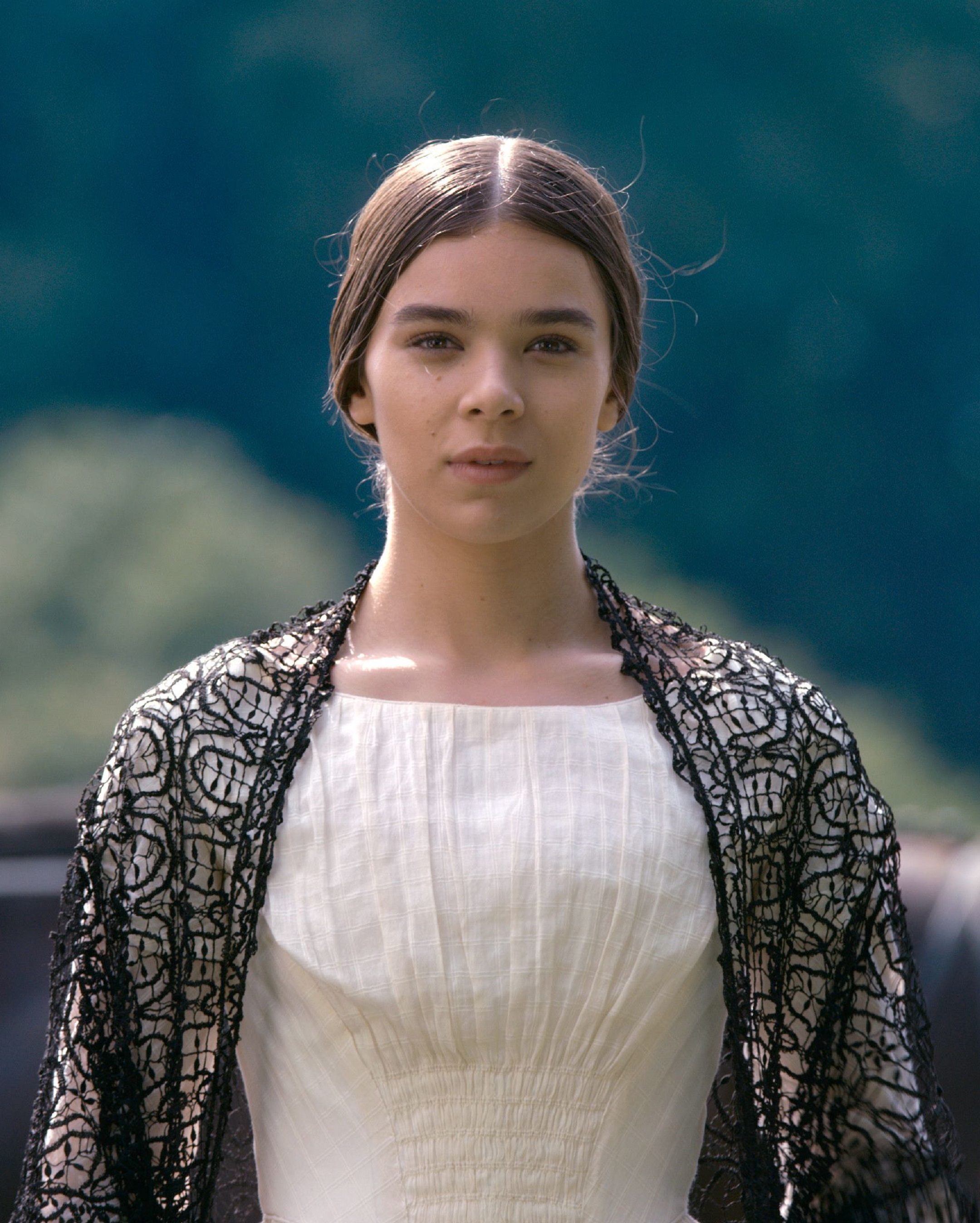
Hailee Steinfeld as American poet Emily Dickinson in Dickinson
Throughout history, gay men found ways to explore their sexuality, but when it came to women, things were different. Shows like Dickinson and Gentleman Jack depict the lives of queer women and illustrate that for many of them, the social disadvantage of their gender participated in making their life even harder to live independently from men.
As Maggie Gates pointed out for Collider, during the 19th century, relationships between women were called “romantic friendships” and there were no words to identify the nature of those close relationships for what they were.
While historical dramas must navigate the absence of LGBTQ+ vernacular to provide a somewhat accurate representation of the lives of queer people in the past, one thing they cannot avoid is the part played by social standing. Shows like The Gilded Age, Dickinson or Outlander all focus on queer people of the upper class while Downton Abbey featured a gay man from the working class. Buckle explains that while there are records of same-sex relationships throughout history and all social classes, there were varying degrees of tolerance afforded to them.
“Historians have also found evidence of same-sex relationships between working-class men in the UK in the past, which existed alongside heterosexual relationships, because that specific culture at that specific time did not define an identity based on a sex act, so it was allowed to exist.
“However, sex between men remained completely illegal in Britain until law reform began in 1967, with harsh punishments including death and later long prison terms – not to mention being socially ostracised.”

Rob James Collier as Downton Abbey’s Thomas Barrow
If similar risks applied to everyone, fictional storylines showing that the wealthy could afford privacy from the law are not inaccurate as they could indeed manage to pay their way out of trouble. Then, Bukles adds, “during the second half of the 19th century, they could also afford the literature to better understand their sexuality and begin to form an identity based on it.”
In the first Downton Abbey movie, set in 1927, viewers saw the character of Thomas Barrow (Rob James-Collier) become more comfortable with his identity. While on the show he tried to end his life after an unsuccessful attempt at curing his homosexuality, Barrow found himself in a gay soiree, relishing in the fact that he was among like-minded people. Buckle explains that men did indeed seek out places where they could be themselves at all times throughout history.
“In the 18th and 19th century Molly Houses were the place to go, as were certain parks and secluded spots,” says Buckle. “Fast forward to pre-war London and some bars gained a reputation for being friendly towards homosexual men. Then from the 1970s onwards gay bars and clubs became a fixture of towns and cities across the UK.”
On The Gilded Age, which is set in 1882, Fellowes explores another reality of queer history. For centuries, men and women who were not free to love or live with whomever they wanted had to succumb to the social pressure of getting married and building a family. In the show, Oscar van Rhijn (Blake Ritson), a closeted gay man, attempts to seduce and plans to marry a young, rich girl in order to gain status and hide his homosexuality. It may seem like an overused narrative device in historical fiction, but the reality is that back then the majority of people got married, regardless of their sexual preferences.
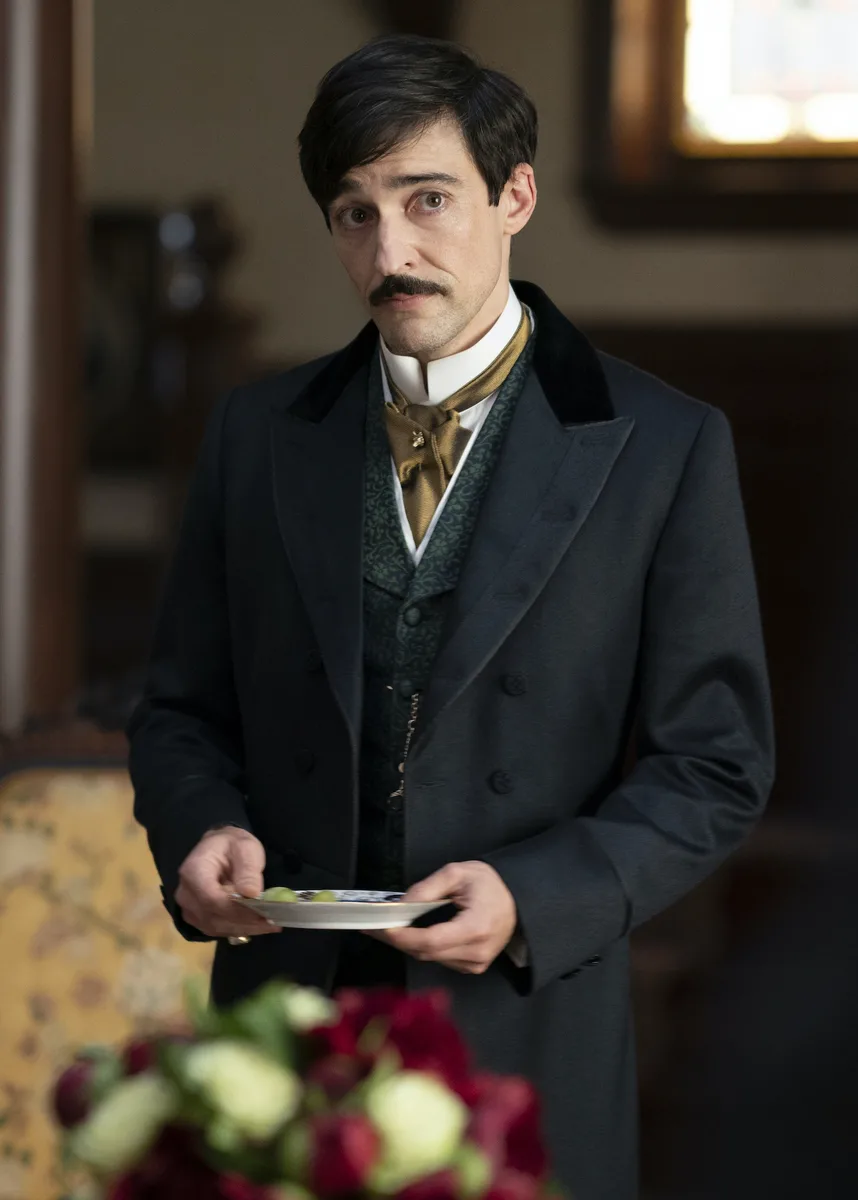
Blake Ritson as Oscar van Rhijn in The Gilded Age
“The social pressure on getting married and producing a family cannot be overstated, regardless of social status,” says Buckle. “For many, it may have been so ingrained into the very definition of life as to be compartmentalised away from any sexual or romantic feelings for the same sex. This was well before any suggestion of same-sex marriage or living openly with a partner, let alone defining yourself as a gay man or woman.”
Lord John Gray (David Berry) on Outlander, is another example of a queer character for whom getting married is the obvious course of action, even if he is a man deeply in love with Jamie Fraser (Sam Heughan). When Lord John marries a woman, it is more out of duty and social convenience than love or desire.
While period dramas are educating audiences about the lives of queer people throughout various times in history, they could do more to remind us that LGBTQ+ history didn’t start with the AIDs crisis or Stonewall. Queer history is not rooted in the late 20th century and shows anchored in that recent history, no matter how great they are, tend to overshadow an older past that deserves just as much to be in the spotlight.
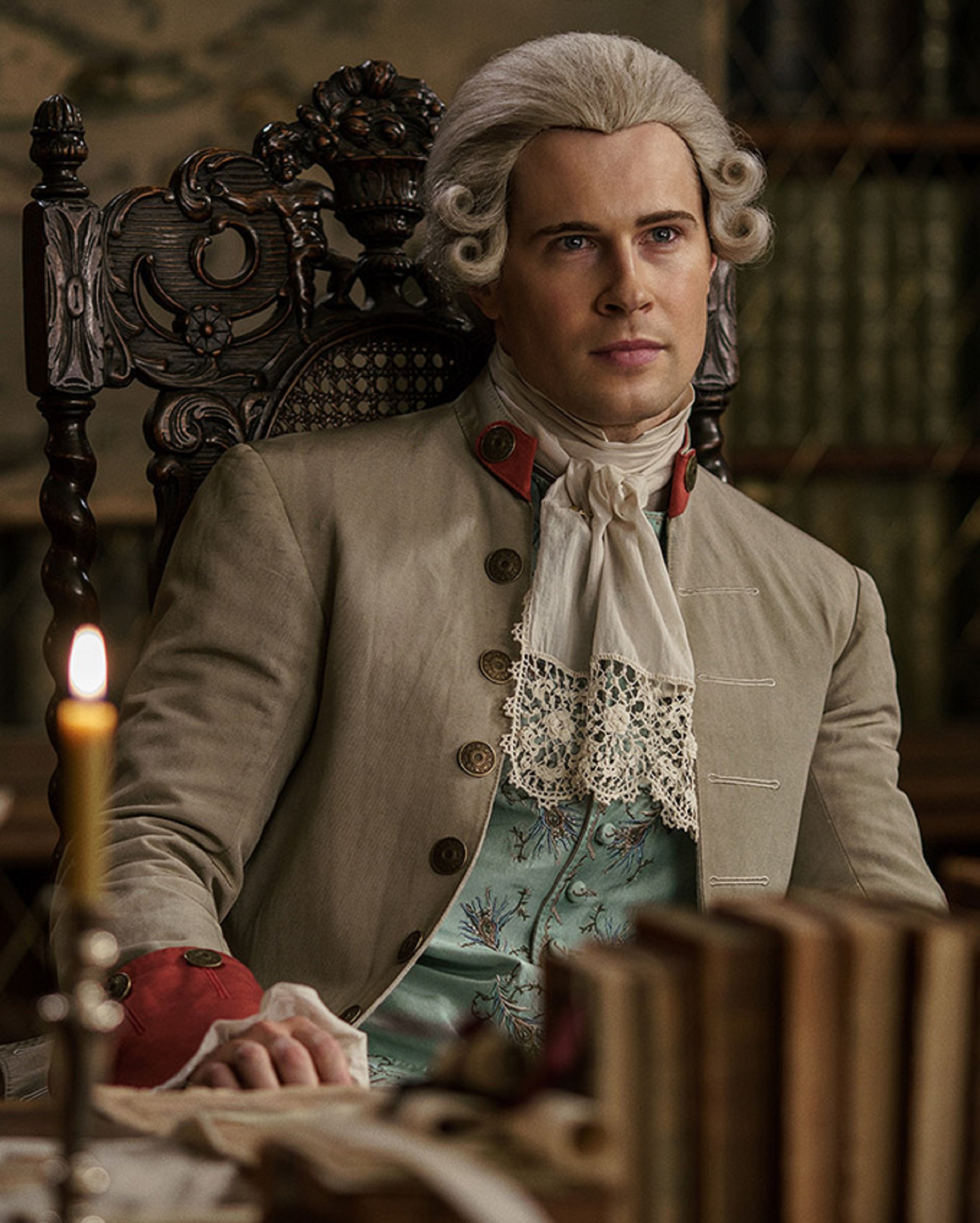
Outlander’s Lord John Grey, played by David Berry
“We are all guilty of creating origin stories,” says Buckle. “Stonewall, AIDS, and Gay Liberation Front are a few of them. But if you look deeper there are always stories that came before. I’d like people in the UK to know more about the Homosexual Law Reform Society and the Campaign for Homosexual Equality, who had a huge role to play in legal and social reform. And in the US, the Mattachine Society pre-dated Stonewall and laid the groundwork for a modern gay identity, long before any rocks were thrown. And who doesn’t love a prequel?”
Shows like It’s a Sin do a wonderful job at reminding us how recently things changed for the queer community, and how much it “stands on the shoulders of giants” as Buckle puts it. But what historical fiction going further back in time has the opportunity to do is to feature characters who are going through life without the framework of modern sexual labels. That’s what makes historical fiction such a great canvas for queer stories.
